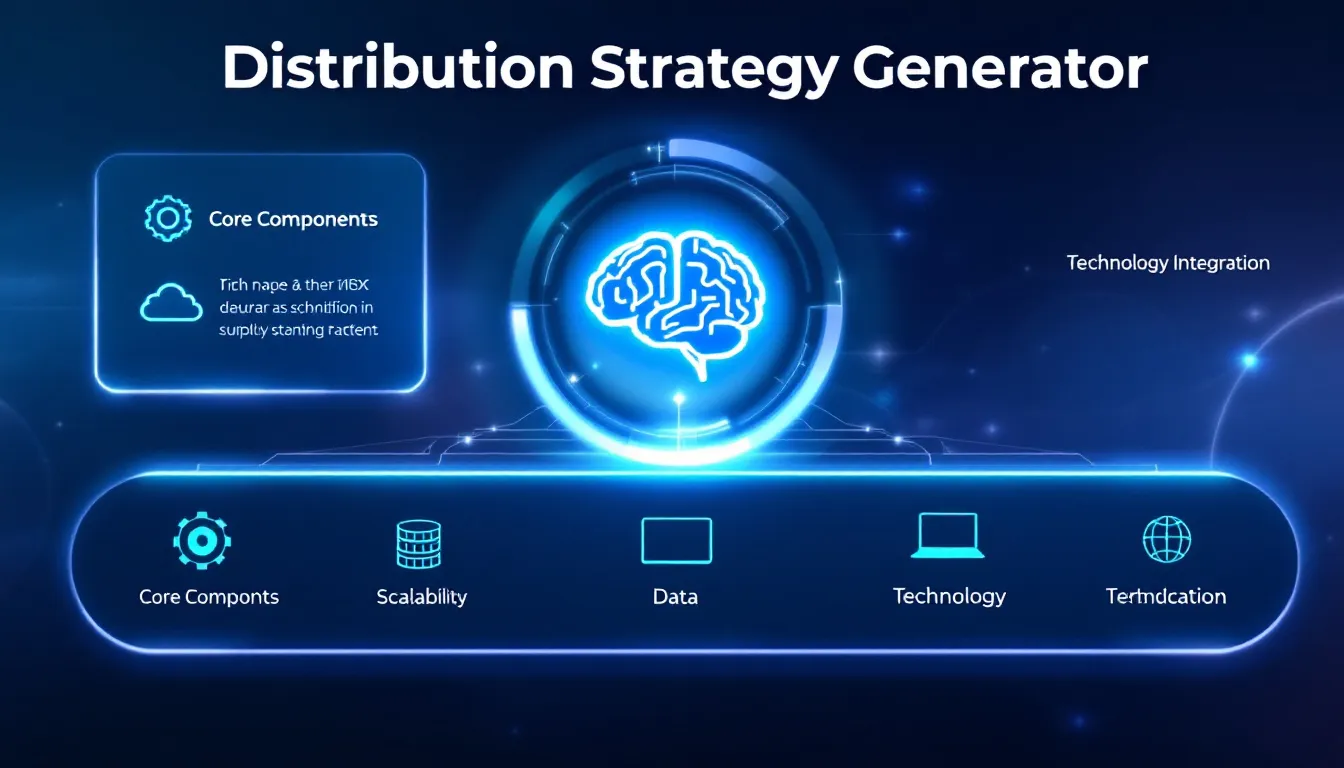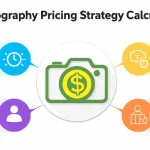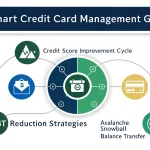Is this tool helpful?
How to Use the Distribution Strategy Generator Tool Effectively
To create a tailored distribution strategy that fits your specific business needs, provide detailed and accurate information in these fields:
- Business Type: Enter your industry or business sector. Example inputs: “Specialty coffee roasting,” or “Outdoor adventure equipment manufacturing”
- Target Market: Describe your ideal customers’ demographics, preferences, or behaviors. Example inputs: “Eco-conscious parents living in suburban neighborhoods,” or “Tech-savvy young adults in metropolitan areas”
- Current Operations: Detail your existing distribution methods, including channels and processes. Example inputs: “Nationwide distribution through regional distributors,” or “Direct shipping from manufacturing plants to retailers”
- Technology Preferences: List specific technologies or digital tools you want to use or integrate. Example inputs: “Cloud-based CRM system,” or “Automated order processing with machine learning insights”
- Budget: Enter your budget range available for implementing the distribution strategy. This is optional but helps tailor realistic recommendations.
What Is the Distribution Strategy Generator and How It Benefits Your Business
The Distribution Strategy Generator is an interactive tool designed to help businesses develop efficient, technology-driven distribution plans. By analyzing your inputs such as industry, market, and current logistics, it provides personalized strategies that match your business size and goals.
The tool helps you optimize your distribution channels, reduce costs, and increase market reach by leveraging technology and data insights. Whether you operate in retail, manufacturing, or e-commerce, this generator creates actionable plans focusing on resource allocation and channel performance.
Key Features of the Distribution Strategy Generator
- Integrates market and competitor analysis to position your distribution network advantageously
- Maps technology solutions to streamline inventory and order management
- Optimizes allocation of financial and operational resources for maximum efficiency
- Assesses existing channels for effectiveness and potential improvements
- Generates clear implementation roadmaps tailored to your budget and objectives
Practical Applications of the Distribution Strategy Generator Tool
Retail Distribution Optimization
Retailers use this tool to refine their network by identifying strategic warehouse spots, improving inventory management, and creating seamless omnichannel fulfillment plans that enhance customer satisfaction and reduce delivery times.
Manufacturing Supply Chain Efficiency
Manufacturers benefit by streamlining production schedules, enhancing supplier collaborations, tightening quality control, and minimizing lead times through data-driven distribution strategies advised by the generator.
E-commerce Fulfillment Enhancement
E-commerce companies gain from smarter order routing, automated packing processes, dynamic logistics scheduling, and real-time shipment tracking, all tailored to leverage cutting-edge technology and improve customer experience.
Benefits You Gain with This Distribution Strategy Tool
1. Gain a Competitive Edge
Receive data-backed insights that help you:
- Optimize your distribution networks to increase market penetration
- Cut operational costs by fine-tuning logistics
- Improve product availability and customer satisfaction
- Respond rapidly to market demand changes
2. Integrate Advanced Technologies
Leverage innovative tools such as:
- AI-driven demand forecasting for better inventory management
- IoT devices monitoring stock and delivery conditions
- Blockchain solutions ensuring transparency and product authenticity
- Automated fulfillment systems improving speed and accuracy
3. Optimize Resources Effectively
Maximize your investment with strategies focused on:
- Smart allocation of budget, personnel, and technology
- Eliminating waste and redundant processes
- Enhancing warehouse productivity and space utilization
- Streamlining delivery routes for cost and time savings
Real-World Examples of the Distribution Strategy Generator in Action
Case Study: Specialty Beverage Distributor
Input data example:
- Business Type: “Organic tea and coffee wholesaler”
- Target Market: “Health-conscious cafes and restaurants in metropolitan regions”
- Current Operations: “Regional warehouses, local delivery fleets”
- Technology Preferences: “Cloud inventory tracking, automated order processing”
- Budget: “$40,000”
Resulting strategy included:
- Deployment of cloud-based inventory systems for real-time updates
- Centralized order management integrating with delivery scheduling
- Expansion of delivery routes with third-party logistics partnerships
- Implementation plan aligned with the specified budget and timelines
Case Study: Custom Furniture Manufacturer
Input highlights:
- Business Type: “Handcrafted wooden furniture producer”
- Target Market: “Interior designers and boutique stores in coastal cities”
- Current Operations: “Direct shipping from factory, limited third-party fulfillment”
- Technology Preferences: “IoT for supply monitoring, automated warehouse systems”
- Budget: “$65,000”
Generated recommendations included:
- IoT sensor deployment to monitor inventory in real time
- Automated warehouse picking and packing to reduce labor costs
- Integrated logistics platform with trusted third-party providers
- Digital twin simulations for optimizing production and distribution
Frequently Asked Questions About the Distribution Strategy Generator
Which industries can benefit from this tool?
Businesses in retail, manufacturing, e-commerce, food and beverage, pharmaceuticals, and consumer goods can all leverage this tool to improve their distribution strategies.
How long does it take to implement the advised strategies?
Typical implementation spans 3 to 12 months, depending on the complexity and size of your organization.
Can the tool handle seasonal demand changes?
Yes, it factors in seasonal fluctuations and market trends to recommend adaptable distribution plans.
Is this tool suitable for small businesses?
Absolutely. The recommendations scale to your business’s size, budget, and operational complexity.
Does the tool support international distribution strategies?
Yes, it integrates international shipping regulations, customs requirements, and best global supply chain practices.
Can my current technology systems be included in the strategy?
The tool evaluates your existing technology infrastructure and suggests integration options for smooth implementation.
What types of technology solutions does the tool recommend?
Typical recommendations include warehouse management systems, transportation management systems, IoT devices, AI-powered analytics, and blockchain solutions, tailored to your needs and budget.
How often should I update my distribution strategy?
Review and update your strategy every 6 to 12 months, or whenever you encounter significant changes in market conditions, technology, or your business model.
Important Disclaimer
The calculations, results, and content provided by our tools are not guaranteed to be accurate, complete, or reliable. Users are responsible for verifying and interpreting the results. Our content and tools may contain errors, biases, or inconsistencies. Do not enter personal data, sensitive information, or personally identifiable information in our web forms or tools. Such data entry violates our terms of service and may result in unauthorized disclosure to third parties. We reserve the right to save inputs and outputs from our tools for the purposes of error debugging, bias identification, and performance improvement. External companies providing AI models used in our tools may also save and process data in accordance with their own policies. By using our tools, you consent to this data collection and processing. We reserve the right to limit the usage of our tools based on current usability factors.







